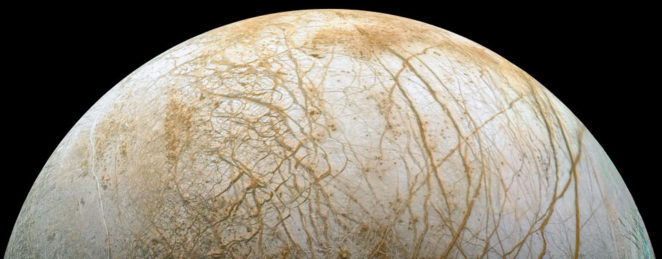Claude Monet
(1840-1926) was the leader of the Impressionist group of painters, which took
its name from one of his paintings (“Impression, Sunrise
Monet spent
the summer of 1866 at Ville d’Avray near Paris, renting a house with his
mistress Camille Doncieux, and it was in the garden of that house that he
conceived and painted most of “Women in the Garden”. All the four women in the
painting are Camille, in different poses and wearing differently coloured and
patterned dresses. However, the faces of the women are not well defined, as
they are not intended to be portraits.
Monet
preferred to paint in the open air as much as possible, which is how he was
able to observe the effects of light and shade so accurately, but the painting
in question was completed in his studio over the winter.
It is a huge
canvas, measuring some eight and a half feet by six and a half feet, and this
posed a problem for the artist when at work in the garden. He solved the
difficulty of gaining access to all parts of the canvas by digging a trench in
the ground, into which the canvas was lowered, and rigging it to a pulley
system so that it could be raised and lowered to a convenient height as
required.
The scene is
a study of the effect of sunlight as it filters through the leaves of trees.
The women’s dresses are light and summery, full-length and voluminous. There is
therefore plenty of surface area to catch the light or be thrown into shade.
There is extra detail in the roses that grow on a bush in the background or are
held in bouquets by two of the women.
The woman
nearest to the viewer is sat (presumably on a chair), shielding her face with a
parasol. The shaded tone of her skin and the top of her dress contrasts with
the bright light on the rest of her dress (except where its folds produce
shadows) and the flowers she is holding and looking at.
Two women,
dressed in green and brown, stand to the left. They are mostly in shade, but a
few rays of sunlight have clearly penetrated the foliage of the tree that
reaches up through the centre of the painting and these dapple the dresses with
small patches of lighter colour. The fourth woman, slightly further back and to
the right, has her back to the full sun, which shines brightly off her mostly
white dress and brings out the brilliant red colour of her hair as she reaches
out to the roses on the bush.
The sun also
picks out some of the tree leaves in brighter green, as well as casting a
shadow that falls over part of the pathway, the lower portion of the dress of
the woman seated in the foreground, and the longish grass on which she is
sitting.
In all these
instances, Monet has captured perfectly the effects of light and shade, because
he has painted precisely what he saw, no more and no less. Despite what some
people might think, there is nothing slapdash or careless about Impressionism,
even though it is common to place the words “vague” and “impression” side by
side. The Impressionist ideal is one of precision and accuracy, as what the
artist places on the canvas is exactly what he sees and not some conventional
image of what people might suppose that they see.
At the time that
Monet painted “Women in the Garden” he was extremely hard up, which was one
reason why he could not afford to employ any models other than Camille, who
came from an impoverished background herself. One reason why he finished the
work indoors is that the details of the dresses were taken from magazine
illustrations, because neither he nor Camille could have afforded anything as
luxurious.
The painting was turned
down for exhibition at the 1867 Salon partly because of the visible
brushstrokes that it contains, which were considered to demonstrate its
unfinished nature. One member of the jury was determined that art of this
nature was to be deplored, declaring: “Too many young people
think of nothing but continuing in this abominable direction. It is high time
to protect them and save art!"
The painting
was bought by Monet’s friend and fellow artist Frédéric Bazille, to help Monet
financially. It is now in the collection of the Musée d’Orsay, Paris
© John
Welford




